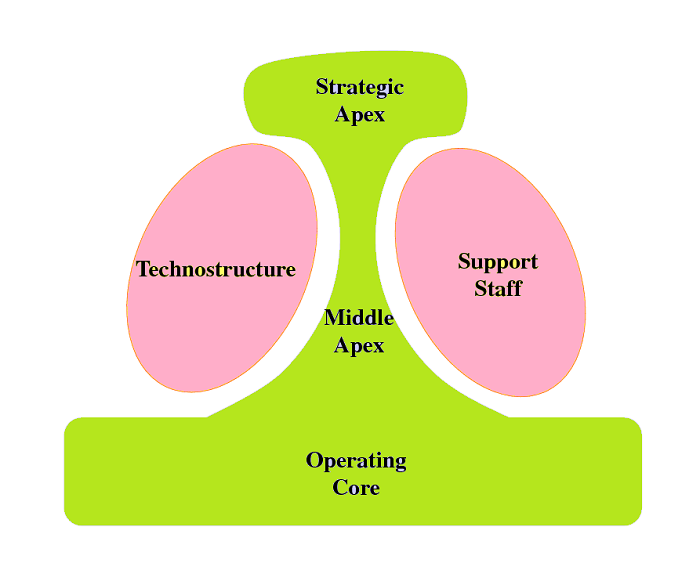When a firm sustains profits that exceed the average for its industry, the firm is said to possess a competitive advantage over its rivals. A competitive advantage is an advantage over competitors gained by offering consumers greater value, either by means of lower prices or by providing greater benefits and service that justifies higher prices. Competitive advantages are capabilities that are difficult to replicate or imitate and are non-tradable.
Pitts and Snow define a competitive advantage as “any feature of a business firm that enables it to earn a high return on investment despite counter pressure from competitors.”
A competitive advantage exists when the firm is able to deliver the same benefits as the competitors are but at a lower cost (cost advantage), or deliver benefits that exceed those of competing products (differentiation advantage).… Read the rest

